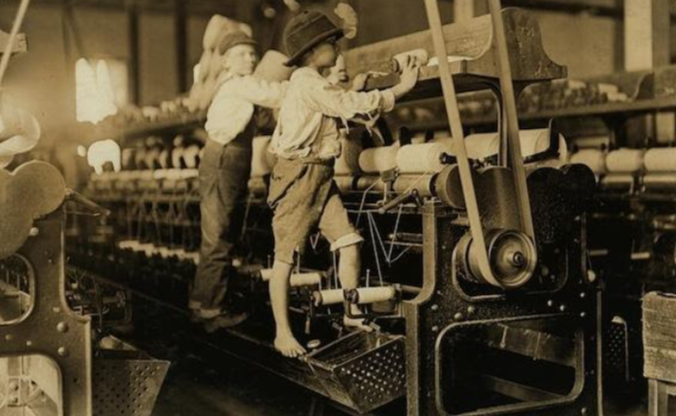Consider the pathos of the photos taken by the teacher, sociologist, and photographer Lewis Hine. Traveling across the U.S. on assignment for the Child Labor Committee, Hine documented children at work in mines, factories, mills, and canneries. He once called photography “a reproduction of impressions made upon the photographer which he desires to repeat to others.” In turn, Hine saw his craft as a form of committed civic practice, a way to advocate for the safety and well-being of children, limit their exploitation, and ensure safer workplace environments for all. His photography inspired moral outrage and led to some of the first child labor legislation in the U.S.
Case Study: Lewis Hine

Hine’s photographs evoke an extraordinary depth of feeling, encouraging viewers to see the dignity and resilience of the children as well as the oppressive conditions under which they worked.

For the purposes of our module, the central question is not whether the image is “subjective” or “objective,” but to the extent the image is ethically grounded in the social reality of the individual being depicted, and invested in communicating their experience to the viewer. This is opposed to taking a photo with the aim to deceive the viewer and to to humiliate, demean, or harm the human subjects.
References Deborah L. Smith-Shank, “Lewis Hine and his Photo-Stories: Visual Culture and Social Reform,” Art Education 57, no. 2 (2003): 33-37. Billy Anania, “Lewis Hine: Photographer of the American Working Class,” Jacobin, June 8, 2021. University of Illinois, Department of History website, “Lewis Wickes Hine” entry, https://maxwellhalsted.uic.edu/home/urban-photographer/lewis-hine/. Photo credits: top, Lewis Hine, Breaker Boys in a Pennsylvania Coal Mine, 1911, Museum of Modern Art, Lewis W. Hine online collection. Bottom, Lewis Hine, 488 Macon, Ga. Lewis W. Hine 1-19-1909. Bibb Mill No. 1, Library of Congress, Photo/Print/Drawing online collection. Background theme image from Shutterstock.
